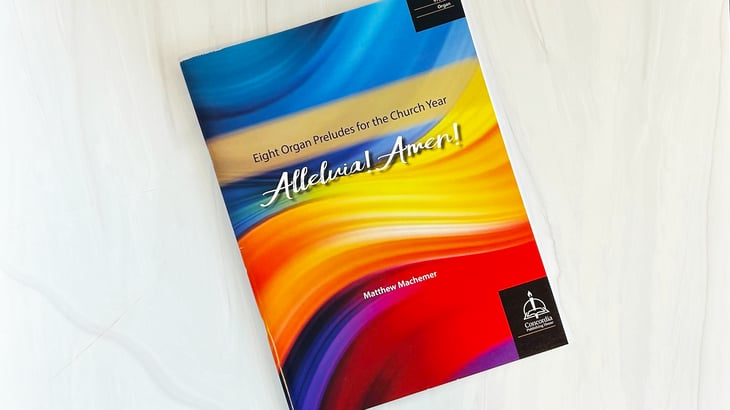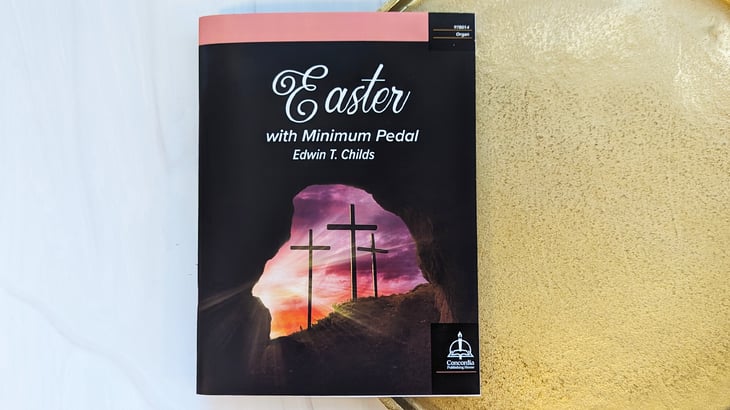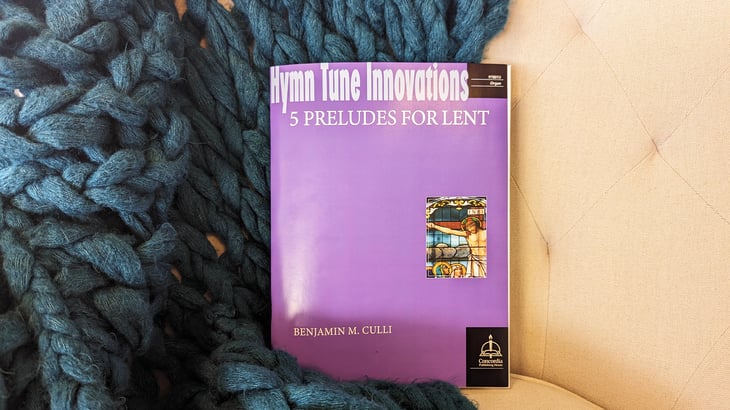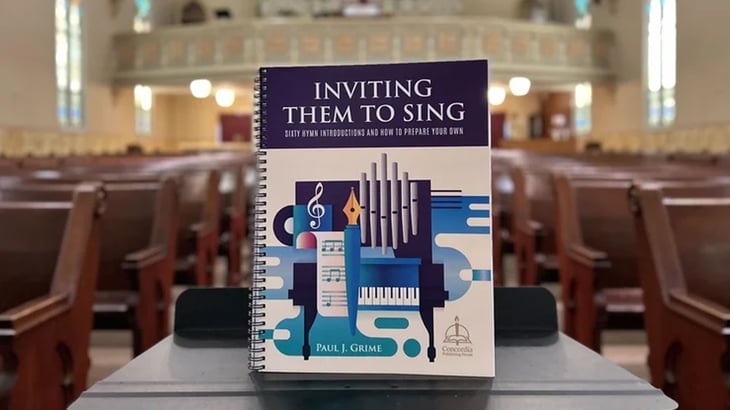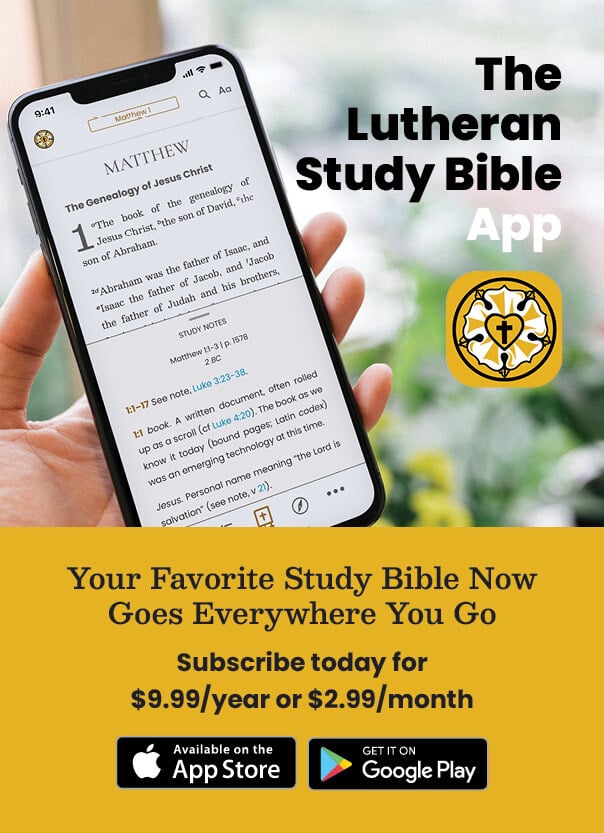Music of the Month: Grace Unbounded: Short and Easy Lord’s Supper Preludes
Treating sixteen tunes commonly associated with the Lord’s Supper, Grace Unbounded is a book you will always want handy for Communion distribution. When you’re not sure how much music will be needed, these brief pieces of two or three pages in length are an ideal choice. A wide variety of techniques keep the settings interesting and fun while being easy to play.
Music of the Month: Richard Hillert: The Unpublished Organ Works
Eight recently discovered organ works of distinguished composer, teacher, and parish musician Dr. Richard Hillert (1923-2010) are being newly released in Richard Hillert: The Unpublished Organ Works. These settings have never been published before and are all settings of commonly used hymn tunes. They should be a welcome addition to the church organist’s repertoire, especially for those who have studied with Hillert; for those who have played, sung, and admired his work; and for those in the future who have yet to encounter the music of this remarkable man.
Music of the Month: Classic Concordia Chorale Preludes
Classic Concordia Chorale Preludes is a large collection of miniature chorale prelude gems mined from the Concordia Publishing House (CPH) catalog of the 1950s through 1980s. These pieces represent some of the best titles previously found in the Concordia Hymn Prelude Series, The Parish Organist, Preludes for Hymns in the Worship Supplement, and several other individual collections. Prefacing every piece is a page giving background information about the tune (its source, form, and melodic characteristics) and the organ setting (its composer, publication source, compositional aspects, and suggested registration). This collection is of great use for both worship and academic situations, encouraging organists to learn and share a broad, balanced repertoire that includes music of the recent past.
Music of the Month: Alleluia! Amen! Eight Organ Preludes for the Church Year
The Eight Organ Preludes for the Church Year series continues with “Alleluia! Amen!” and features the accessible and versatile writing that characterizes previous releases in the series. Organists of varied ability levels will find these pieces useful throughout the Church Year as well as musically edifying. This edition is wonderful for any church organist’s library!
Music of the Month: Easter with Minimum Pedal
Edwin T. Childs adds to his series of settings for minimal pedal, providing a collection of hymn tunes for the Easter season. Composed as a single stanza, these preludes are suitable as hymn introductions or service music. Easter with Minimum Pedal will appeal to organists who have limited pedal abilities or seasoned organists who need something in a pinch.
Music of the Month: Hymn Tune Innovations: 5 Preludes for Lent
This collection of five preludes for Lent is another stunning addition to the Hymn Tune Innovations series. Benjamin M. Culli has composed five accessible preludes for use during the Lenten season. These preludes are appropriate for use from Ash Wednesday through Good Friday, showcasing familiar tunes and those that might be new to your congregation.
Music of the Month: Christmas Impressions, Set 2
Enhance your Christmas worship services with these five preludes by William H. Bates. Driving rhythmic passages, harmonic sequences, and imaginative counterpoints shore up the distinctive character of each tune.
Music of the Month: Built on the Rock by Wayne L. Wold
Each movement of this five-movement partita, Built on the Rock: Partita on “Kirken den er et gammelt hus,” can be used separately at various points in a worship service, or they can be used all together for a lengthier prelude or concert piece. Of medium difficulty, each movement was inspired by a particular phrase in the hymn text.
Music of the Month: Inviting Them to Sing
Hymn introductions provide an opportunity to invite the congregation to lift up its voice. They needn’t be long or complicated in order to be engaging. This resource provides 60 introductions and an extended preface that provides tools and suggestions for the average church musician to craft his or her own introductions. These introductions are extremely useful, covering 117 hymns in Lutheran Service Book.
Music of the Month: Pentecost Mosaics
This is the 11th edition in the popular Mosaics series by Jacob B. Weber. Pentecost Mosaicscontains versatile and festive settings useful for Pentecost and beyond. Highlights include a suite on “Come, Holy Ghost, Creator Blest” (Festival Introduction, Harmonization, and Organ Stanza) and six variations on “Holy Spirit, Light Divine.” Other hymns include “O Day Full of Grace”; “Come Down, O Love Divine”; “Holy Spirit, End Our Sadness”; and “Come, Holy Ghost, God and Lord.”




